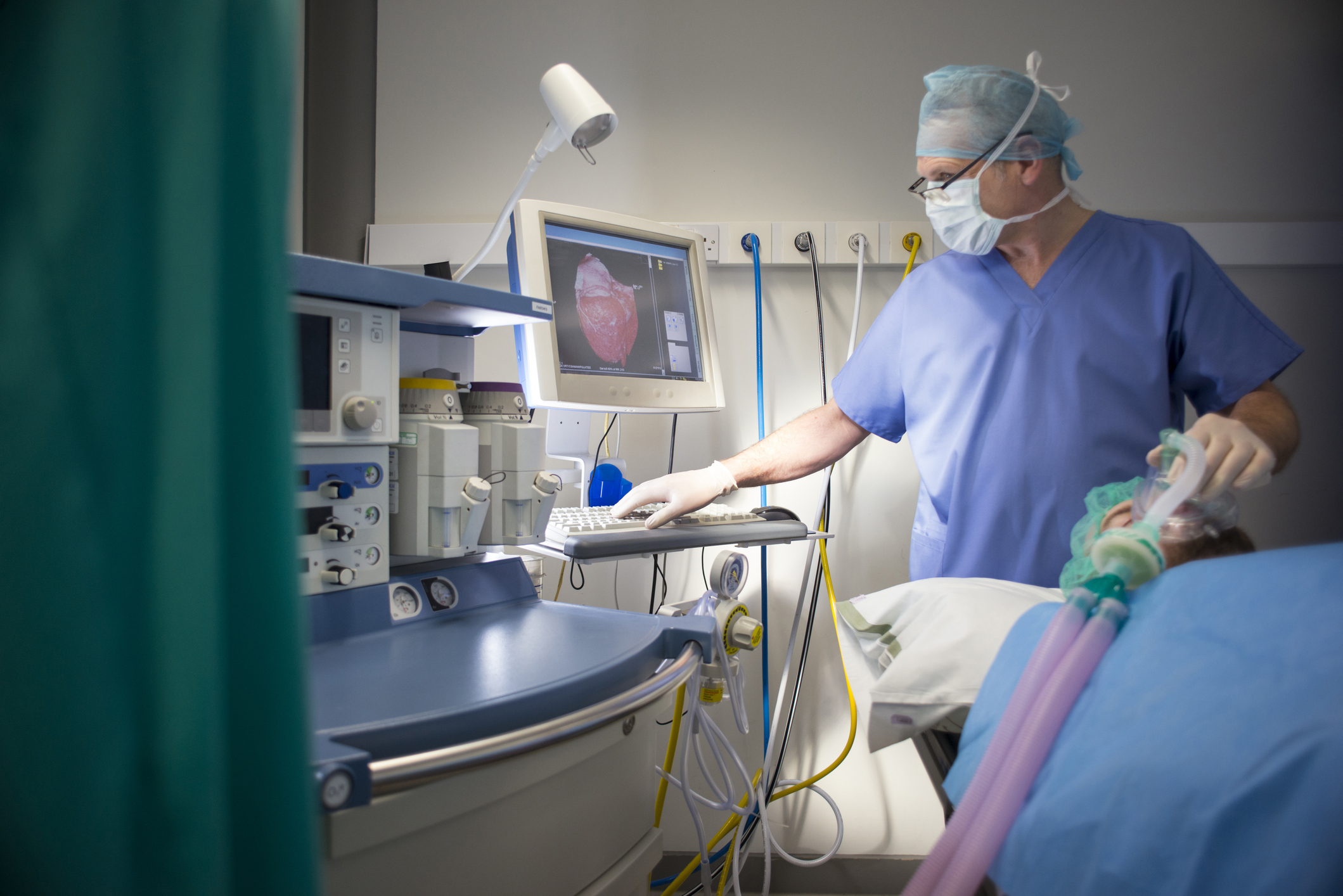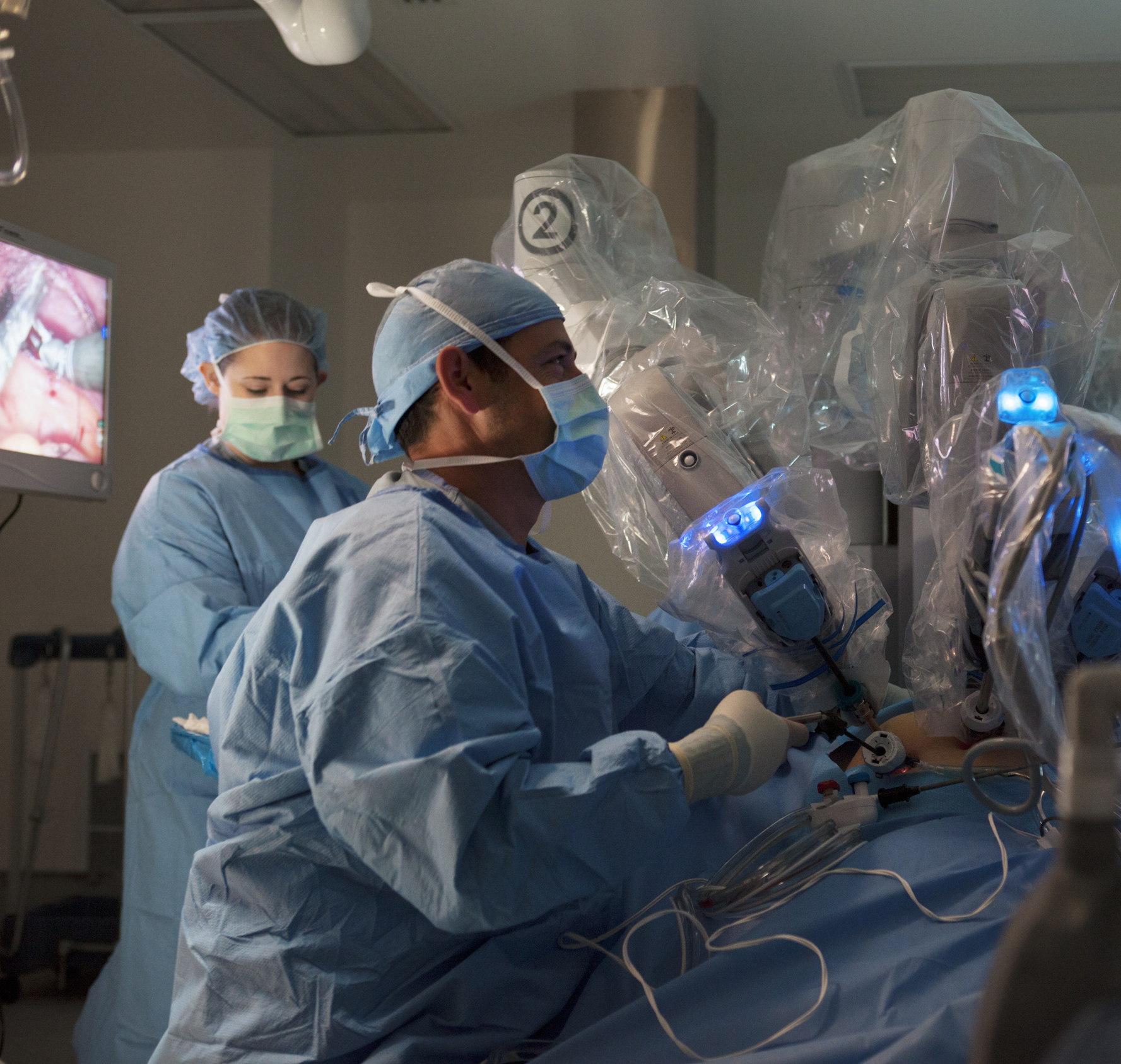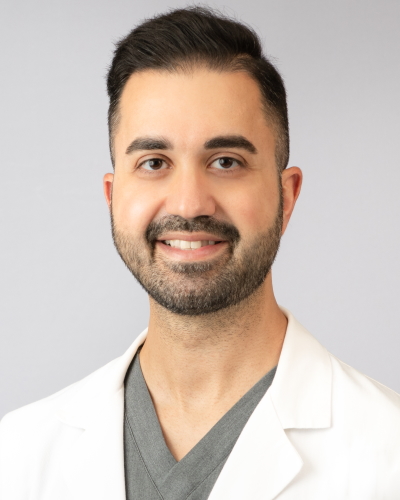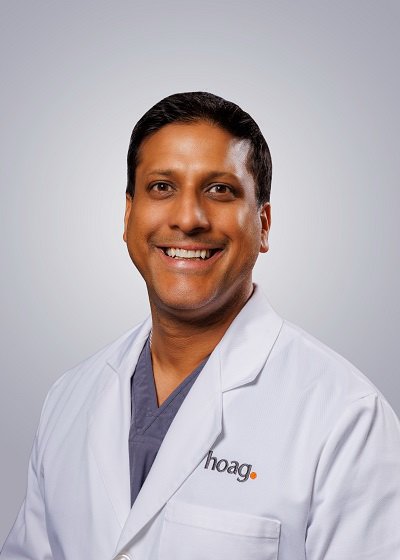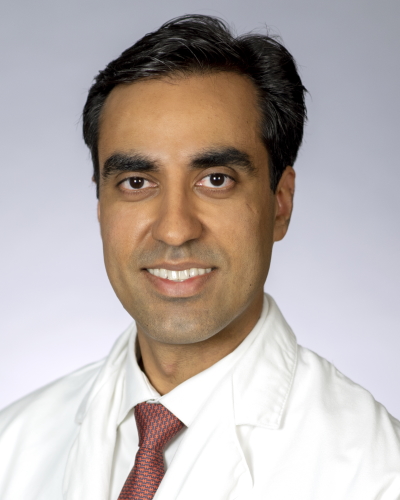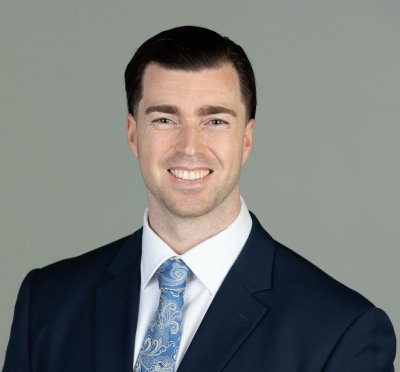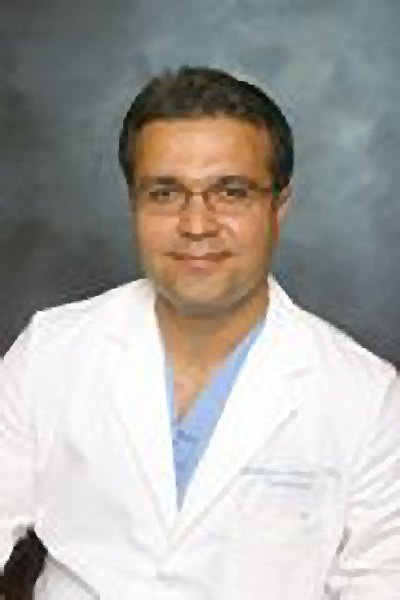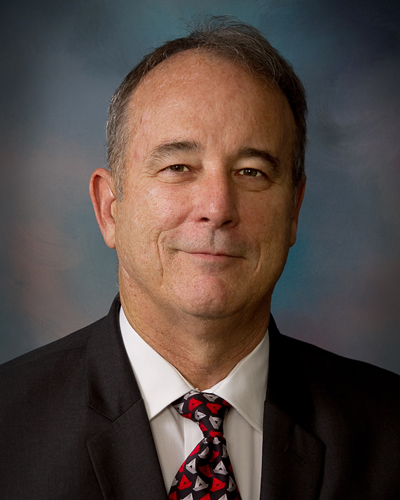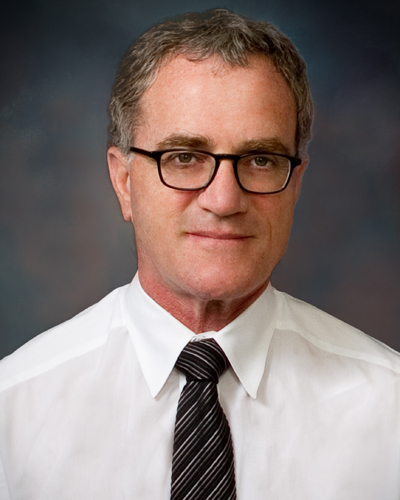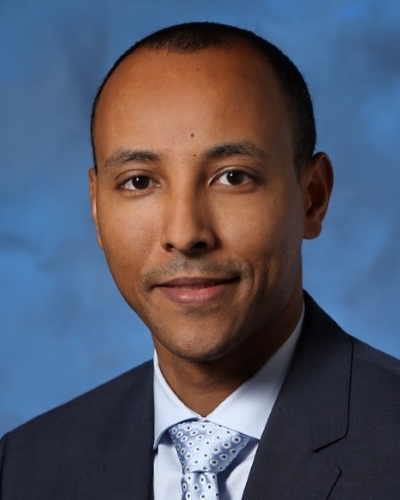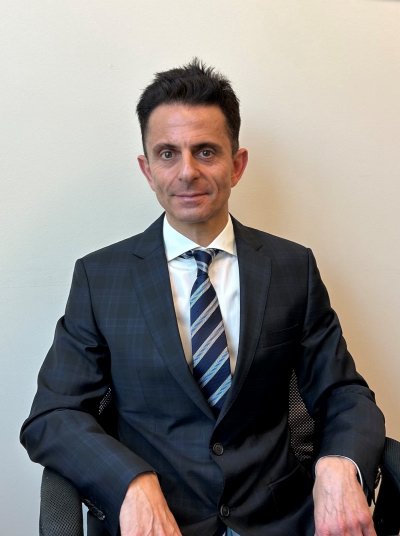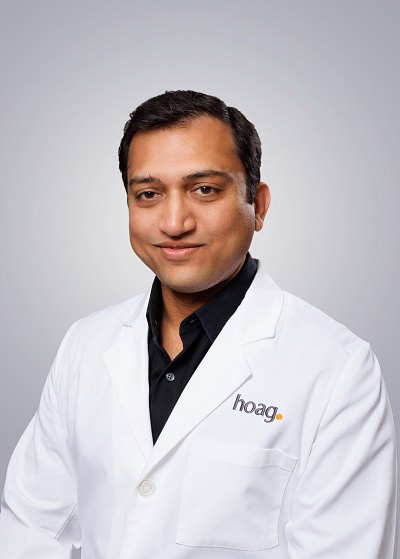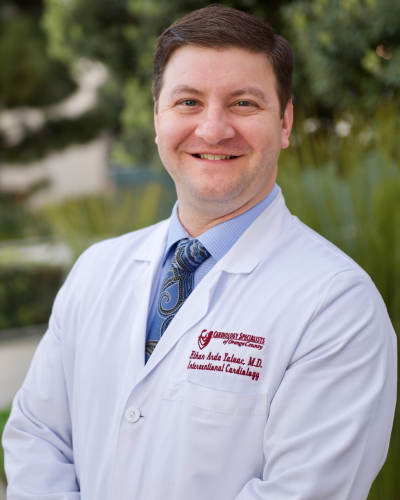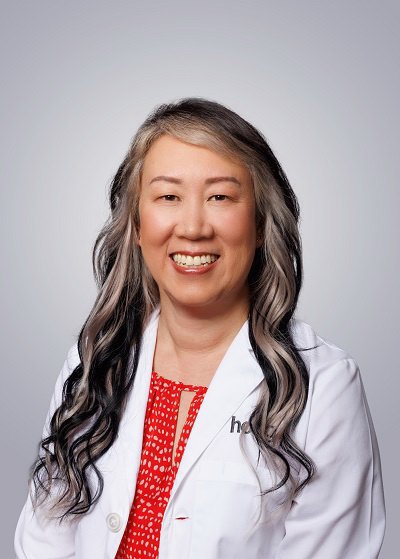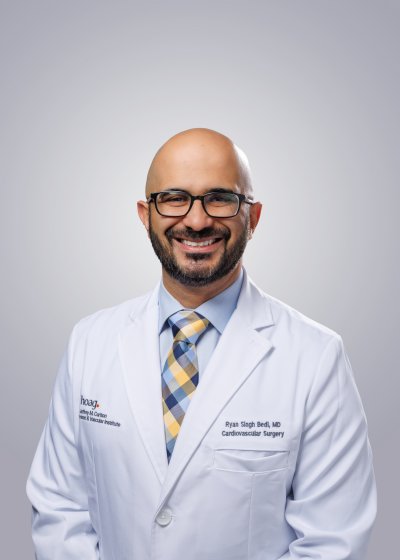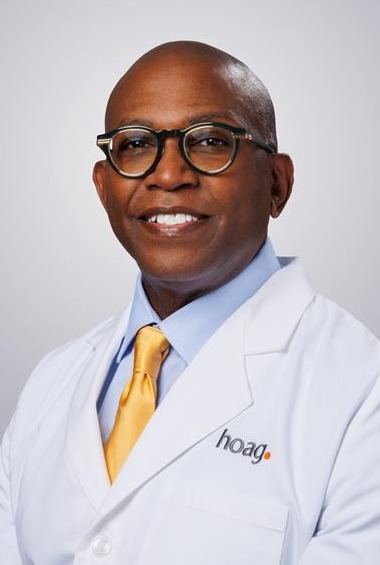Hoag’s Bill & Nancy Thompson Heart Valve Center is dedicated to utilizing the best and most advanced imaging and diagnostic technology available in the diagnosis of heart valve disease, resulting in individualized treatment plans that save lives and preserve quality of life.
Medical tests used to diagnose heart valve disease include:
Cardiac Catheterization
Also called coronary angiography, cardiac catheterization is a less-invasive method that allows physicians to get a clear view of the heart muscle, the heart’s valves and the overall function of the heart.
During the procedure, a long, thin instrument called a catheter is inserted through a blood vessel in the arm or leg, then painlessly guided through the body to the heart. Once the catheter is in position, the catheter is used to inject a substance called contrast dye into the heart.
This substance makes the structures of the heart much more visible on X-rays. X-ray videos are then taken of the chest, allowing specialists to get a clear view of any issues, including potential valve disease.
3D Echocardiography
Echocardiography with 3D imaging is an advanced form of echocardiogram that uses ultrasound to create detailed, three-dimensional images of the heart in motion in order to confirm or rule out valve disease. At Hoag, real-time 3D echocardiography allows physicians to detect or monitor even mild or otherwise overlooked abnormalities in the heart’s valves, as well as other cardiac conditions.
Transesophageal Echocardiogram (TEE)
Transesophageal Echocardiogram, or TEE, is an advanced form of echocardiography that utilizes a small ultrasound transducer that is painlessly inserted down the esophagus to place it closer to the heart. Without interference from the chest muscles, lungs and ribs, this allows physicians to capture much more detailed images of the heart, particularly the upper chambers and the valves that service them.
Cardiac MRI
A special form of Magnetic Resonance Imaging, Cardiac MRI uses radio waves and a strong magnetic field to create detailed images of a patient’s heart, including the heart valves.
Stress Testing
Stress testing measures and evaluates the function of the heart and heart valves while the patient is performing some sort of exercise, such as riding a stationary bike or walking on a treadmill. If a patient is too ill to perform exercise, drugs may be administered that simulate the effect.
Electrocardiogram (ECG or EKG)
Electrocardiogram is a non-invasive test that allows health care providers to evaluate the electrical function and regularity of the heart. One of the first tests that is typically administered after a cardiac event like a heart attack, severe chest pain or heart arrhythmia, an electrocardiogram can give physicians crucial information about how your heart is functioning.
Explore heart valve treatment options at Hoag.

